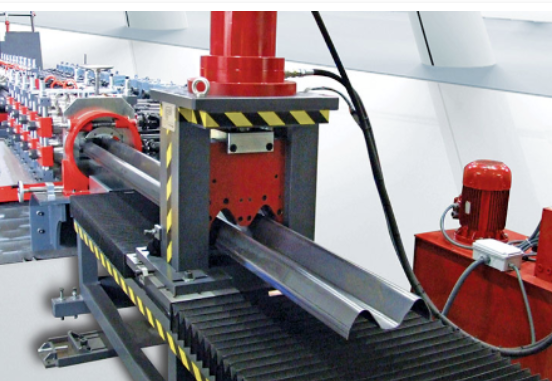
Posted on Monday, October 7, 2024
Roll forming is a manufacturing process that shapes metal into specific profiles by passing it through a series of rollers. This method is particularly popular due to its efficiency and ability to create complex shapes with high precision. Here’s an overview of the different types of metal profiles that roll forming machines can produce:
Roll formed metal profiles play a crucial role in modern construction and manufacturing. With the ability to produce a wide variety of shapes and sizes, roll forming technology provides efficient, cost-effective solutions for a range of applications, from roofing systems to structural components. The versatility and precision of roll forming make it an invaluable process in the metalworking industry.

Understanding Coil IDs, Mandrel Sizing, and Shear Pin Safety in Uncoilers
Posted on Wednesday, October 1, 2025
Mismatched sizes can lead to machine damage, downtime, and safety hazards — often evidenced by a shear pin failure.

How Coil Tensile Strength Affects Roll Forming and How to Adjust Your Machine
Posted on Wednesday, October 1, 2025
Changes in tensile strength can significantly affect the finished profile, causing misaligned bends, uneven edges, and out-of-spec parts.

Why Paint Cracks on an Embossing Line Running Pre-Painted Coil and How to Prevent It
Posted on Wednesday, October 1, 2025
This issue not only affects the visual quality of the product but can also lead to increased scrap rates and customer complaints.

The Most Popular Standing Seam Metal Roof Panels in the U.S. — A Comprehensive Guide
Posted on Monday, September 29, 2025
In this post, we’ll explore what panel styles and sizes are most popular in the U.S